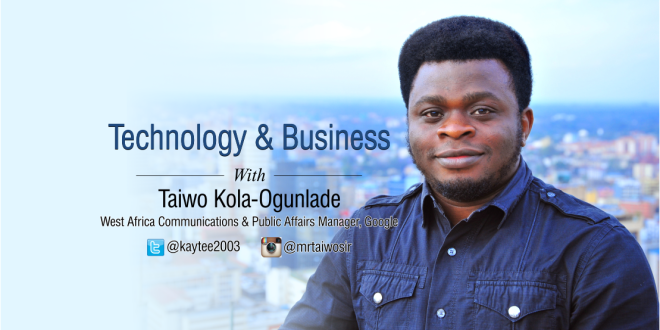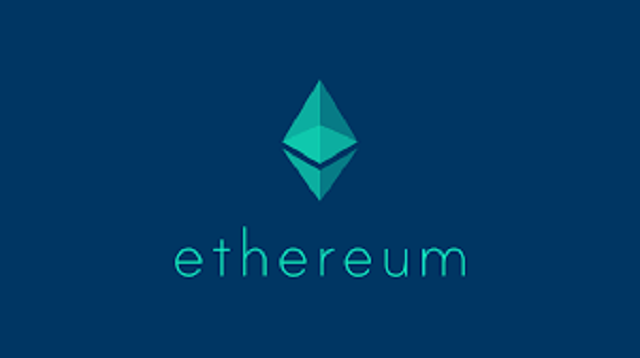In the future, maps will not be documents you keep in the glovebox of your car or do battle with when hiking in the wind and rain, but living, breathing assistants that help you go about your day.
In fact, they won’t be ‘maps’ as we know them today, but bundles of information gleaned from the real world that appear when you need them, popping up with hotels recommended by your friends when you’re booking a holiday, or letting you know your favourite coffee shop has a special offer on espressos when you’re walking by the shop.
Centuries ago, a map was a document that charted the lands and seas, and helped people better understand the world around them. They were documents of necessity. But maps are no longer produced for a slow-changing world–a map etched on paper is fixed when it is created and cannot reflect changes as time passes. Digital maps produced for consumption on screen and distributed online reflect the dynamic world around us.
Using information from the Web, maps now represent more than our physical geography, but our social and environmental geography too. Take a typical example from today; it’s Monday morning and you have a business meeting to attend in Adetokunbo Ademola in Victoria Island.
You wake up and check your phone which flashes up a map showing you driving directions (if you have a car), or LAGBUS transit schedule to predict the effects on your journey. The traffic is flowing and the weather is good–buying you an extra 20 minutes in bed. By choosing to combine information from your applications like your calendar and email with maps, you can receive these useful nuggets before you even ask.
Continuing this scenario, imagine you’re en route to Ayobo, Ipaja and there’s been an accident that blocks off the only route known to you. This is where your device will jump into action again: recognise where you are and which direction you’re facing, and suggest another route–all automatically.
While this technology is powered by digital mapping, the answer to a problem would not necessarily mean showing you a map (showing a map would mean pulling over in the car to look at your phone), but could be a set of instructions spoken to you by your device
In the near future, maps might also understand the fundamental relationships between activities. For example, when first searching for your meeting location, your map could highlight nearby parking garages or spaces for your car, preventing the need for you to scrabble for one when you arrive. Or if you prefer to travel by public transport, the answer to your problem might be a map that highlights transit stations rather than a more traditional roadmap.
And, of course, this concept goes beyond just directions. If your next business meeting happened to be abroad, your phone can offer up information on the local weather, the exchange rate and language translation tools as your plane touches down.
Think of the technology as a helpful assistant that makes suggestions then retreats from view just as fast–letting you get on with your day.
Perhaps the ultimate innovation in maps and technology will be realised a bit further down the road, moving beyond offering suggestions to defining what’s next for the world. In fact, you might not have to drive to that business meeting at all–with maps eventually helping automated vehicles drive themselves, with us as passengers.














